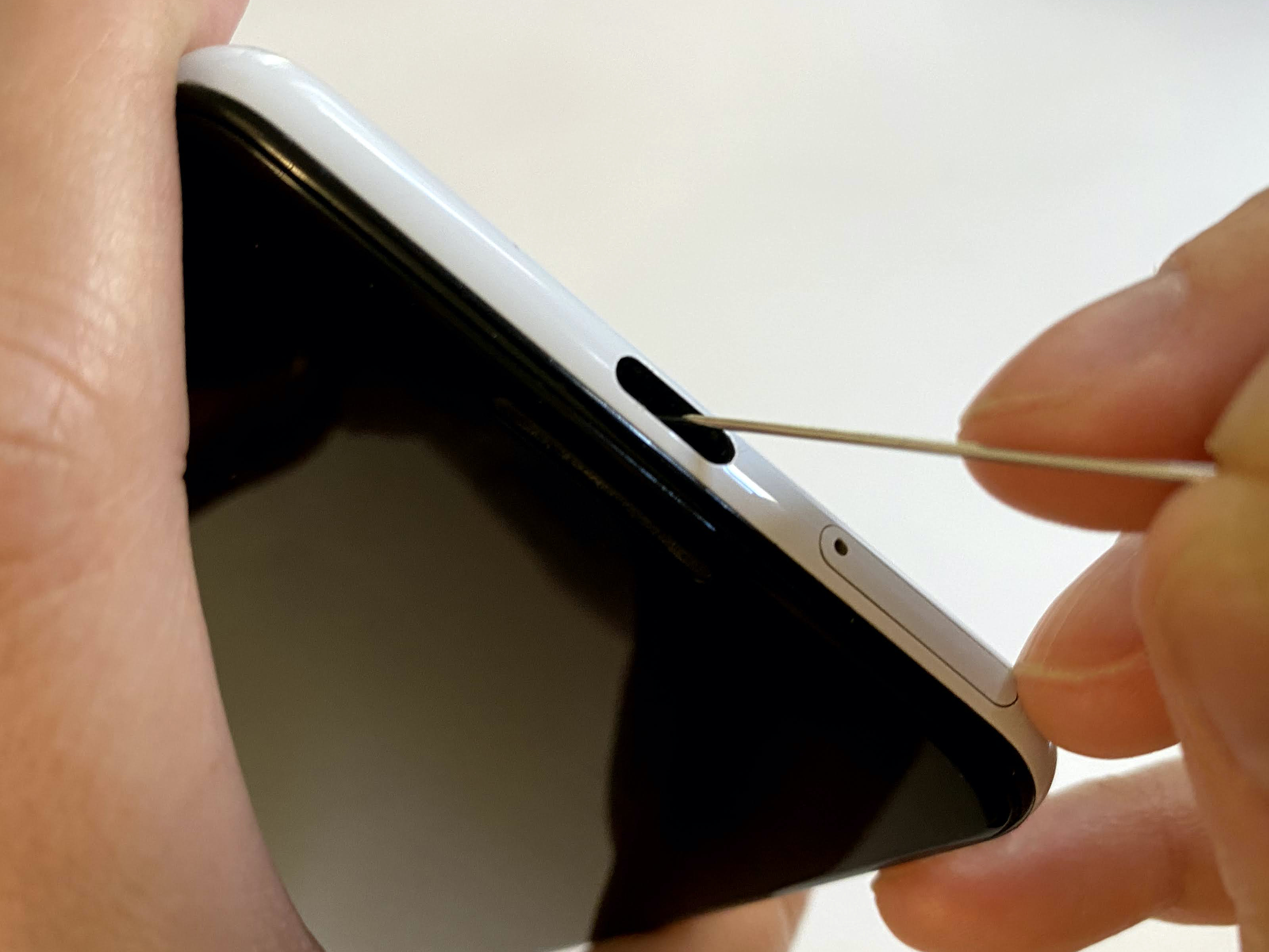Charging ports constantly break. Fixing them shouldn't Break Your Wallet
Here's why charging ports constantly break.
The more movement a part has - the more likely it is to break ✧
Well, that... and pocket lint. Charging port repair is one of the most common repairs we do, but we always start with a port cleaning and blow out. Nearly 25% of all smartphone repairs are charging related—of those about 20% are fixed with our low cost port cleaning and blow out service. Whether it's a intermittent charging problem or a full-on dead phone, we fix it fast, professionally, and affordably using the most sensible solution to fit your needs.
Looking for fast and affordable charging port repair near Laurel, MS?
Call us now or schedule your repair online. We fix iPhone, Samsung, Motorola, and more — same day, on-site, in-shop, or free 2-day mail-in for distant customer.

How Much Does Charging Port Repair Cost Near Me?
We get this question every day. Our repairs start at just $19.95 for a proffesional port cleaning and blow out. Replacement port installation starts at just $59.95 depending on your device, and we offer same-day service in Laurel, Ellisville, Hattiesburg, and surrounding areas.
| Device Type | Model Examples | Starting Price |
|---|---|---|
| iPhone | 8, X, 11, 12, 13, 14, 15 | $59-$129 |
| Samsung Galaxy | S8, S9, S10, S20, S21 | $99–$149 |
| Google Pixel | Pixel 3, 4, 5, 6, 7 | $79–$129 |
| Tablet & iPad | iPad Air, Mini, Pro; Galaxy Tab | $99–$149 |
Exact pricing determined after a free diagnostic. Click Schedule Your Repair to book now.
What phones have the best charging ports?
Here are the most likely brands to break by charging port failure. I can say that I see a lot of iPhones, but usually a good port cleaning fixes the issue. Samsung's number may look high, but remember that they just make a lot more models than apple. Also, these are fairly easy and inexpensive to replace whereas apple iPhones require a motherboard removal to replace the port.
- Apple 10%(PewResearch) To be fair to Samsung - these OFTEN go out and are fixed by cleaning the port - I do see a lot of these.
- Samsung 20%(Rewa Tech) A large portion of these are specific models (A series, but i do see the occasional S series go bad, also).
- Google Pixel 30% (ClaimsJournal) Oddly, this is the statistic, but I rarely have one come into the store.
- Others 40% (ClaimsJournal) I'm assuming these are mostly Motorola phones.
FAQs on Charging Port Repair
I’ve seen every possible charging failure under my bench lamp—phones that only charge at a weird angle, ports that are so clogged they look like lint museums, and models whose USB-C connectors simply give out after a year.
What are the tell-tale signs of a bad charging port?
The top five red-flags are:
• Loose or wobbly plug
• Intermittent charging
• Complete failure to charge
• Noticeably slow charge
• Port overheating
Sources: Asurion SquareTrade
How common are charging-port issues among all smartphone repairs?
Roughly 22% of physical-damage repairs involve the charging port.
Source: SquareTrade Repair Data
Which phone models have the most charging port failures?
Samsung S20 / S21 / S22 series: 30% within 12 months.
iPhone (all models): 25.6% over 24 months.
Motorola (average of major Android brands): 15.2% within 12 months.
Google Pixel (community-reported USB-C port issues): 20% within 24 months.
Other Smartphones (all brands aggregated): 33% over 24 months.
Sources:
How often is debris the culprit?
About 80% of non-battery charging issues stem from lint, dust, or pocket fluff blocking the port.
Source: r/techsupport Samsung Support
How long do charging ports usually last?
Anecdotal data shows USB-C ports often start to fail after 12–18 months of regular use.
Source: Framework Community
Join our mailing list for the latest updates and special offers.
Sign up for our newsletter to receive exclusive promotions and repair tips straight to your inbox.